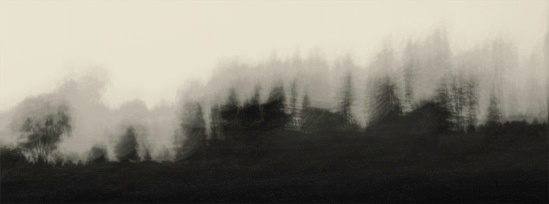Rules or No
Rules or No
Camera work, as any work, can benefit from learning the basics. Basics include knowing the functions and effects of shutter speed, aperture choice, ISO, the multitude of combinations of these, lens focal length, tripod use, flash and other external lighting if desired, and others. A foundation in image making ought also teach the basics of composition, perspective, and how lens choice affects the image, use of focus and out-of-focus area; using light and shadow, shapes and lines, and colour and black and white in the image.
The technical and mechanical aspects of camera and lens are not subject to personal interpretation or opinion. They are simply the physical and optical facts that we all use and rely on the same way.
However, as soon as we move on to all the other variable options in choice of specific camera settings just before we click the shutter for an individual image, it all becomes a free game of opinion, interpretation, preference, like and dislike. Often, though, and especially during the early phase of our practice, these are based not in understanding and/or experience of how specifically those settings can alter the image. This makes the creative process a rather haphazard one. Haphazard in and of itself is not undesirable, but, if left unchecked, can lead to never reaching beyond a trial and error approach, which, though an important phase in the learning curve, prevents the development of being able to pre-visualize the image before clicking the shutter. Having an idea of the final image in advance is an important aspect of the creative process in general, not only in photography.
Then, to make the creative process a conscious, deliberate, and intentional one, we turn to learning composition, to learning how to tell stories with photographs by use of perspective, lighting, colour, placement of compositional elements, to learning how to look at and interpret images. Photo magazines deliver articles on composition every month, books are written, and courses taught plentifully on all these topics. Mostly, we learn of the ‘Rules of Composition’, such as Leading Lines, Fill the Frame, Rule of Thirds, Leave Space in Front of the Subject, Never use Wide angle Lens for Portrait, Always have a Focus. These ‘Rules’ are acceptable, though not necessary, guides for the first and early days of our path of image craft. Very soon, however, they can become hindrances and limitations to free creativity *if* followed and adhered to routinely.
For sure, in many of my images I use one or the other of these rules, but it is always a choice made case by case, image by image, whether or not a rule is supportive to the image vision and intent. Many strong images work exactly because composition, technique, or camera settings do not follow a common rule, because the frame was not filled and leaves emptiness to let the mind wander, because of not having leading lines towards to subject but causing diversion of interest and focus, because the subject is boringly smack centre, or shutter speed, aperture, lens, were chosen contrary to ‘normal’ recommendations.
Ultimately, all the variables have to come together to form the final image in accordance with the vision intent for the image. And those are the very creative core of which there are no fundamentally right or wrongs. Subject, vision, intent and purpose, the audience if any, the technical factors of camera settings, lens choices, lighting, timing, composition, and even where and how the image fits into the larger context of the long progression of images that came before and will come after, all contribute to the one question of whether or not an image fulfills and succeeds as a ‘great image’.
But beware …. as in so many areas of skills and life, one can only abandon rules and techniques when and after one has put in the time and effort of learning a rule or technique to abandon in the first place.
For example, as much as I dislike the term ‘Rule’ of thirds, I do apply it in as many images. Sometimes obviously, sometimes subtly but always as a conscious decision. Besides, there may be many layers of how to apply the somewhat recipe-like rules in any give image and I may find new ways of using leading lines, or patterns, or colour etc. for a specific photograph. We both may be following the same recipe, but still yours tastes slightly different than mine. That’s fabulous!
Rules or No
Well, how about we call them suggestions and options, learn them, use them, discard them, then use them again, and have them as one of many tools in our camera bag to be chosen wisely.
take good care and keep seeing pictures
peter








